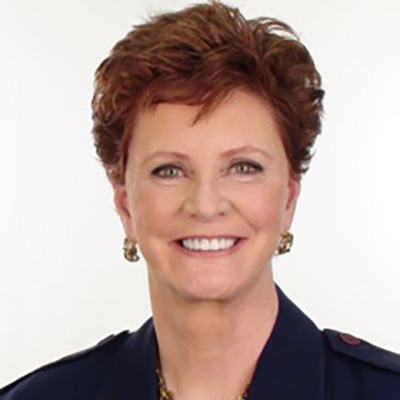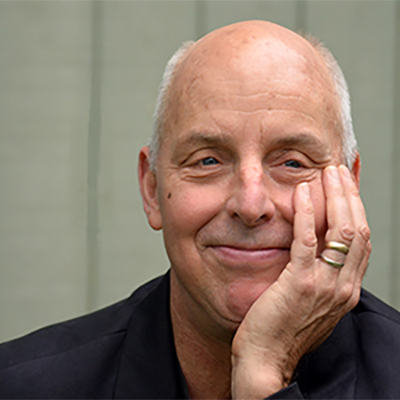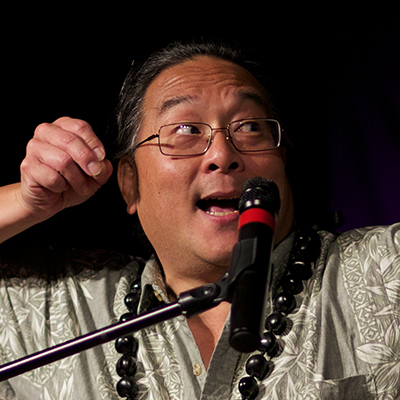
by Sharon Haddock | Aug 30, 2021 | Blog, Featured, Festival, Scheduled, Storytellers
For Susan O’Halloran, inclusion has been her passion since she was a teenager and met Dr. Martin Luther King’s people in Chicago.
“I’ve been telling stories “professionally” since the 1970s.” O’Halloran says, “I did what we would now call Performance Art.
“In the 1950s and 60s, I grew up in a storytelling family — not everyone had TVs — and so we entertained each other sitting out on our Chicago front porch steps. Neighbors would gather in the evening and you learned the value of keeping people’s interest with a good story.
“I really started to pursue storytelling as a career in 1990 when I moved back to Chicago and started working with Jim May, Beth Horner, Nancy Donoval, Anne Shimojima and Syd Lieberman. It was a hugely supportive community and I feel that my storytelling really began to grow.
“I won’t be telling a lot of my social justice repertoire at Timpanogos because I’m told that there will likely be children in every set. While my stories always have humor, some of our history is hard to hear. When I do take on difficult subjects, I find stories are the best way because they can bring people together rather than divide us. When stories open our hearts, we can feel our common love for each other and our country.”
O’Halloran is the author of several books and diversity curricula and the producer/director of multicultural performances and films including “Black, White and Brown: Tribes & Bridges at the Steppenwolf Theatre” and “More Alike Than Not: Stories of Three Americans – Catholic, Jewish and Muslim.”
She teaches diversity and inclusion seminars in Fortune 500 companies and Graduate Schools of Business. Sue also works with nonprofits to capture more press, volunteer and fundraising attention through the power of stories.
The Chicago Reader’s Critic Choice said, “O’Halloran has mastered the Irish art of telling stories that are funny and heart-wrenching at the same time.”
“I tell many kinds of stories but when I am telling autobiographically, the stories fall into two broad categories: personal/family stories and teaching stories. With the teaching stories, the trick is to provide inspiration, to show people that the solutions are truly doable without bringing the whole piece to a grinding halt.”
O’Halloran presents with humor, suspense, heartbreak and drama. The audience learns as the character in the story learns.
“If we are having realizations at the same time, the audience is more likely to change right along with me. They’ll eventually end up understanding what I’d like them to understand, not because I preached at them or knew more than they knew, but because we took a journey together.”
“I find that personal and teaching stories are similar in the way that matters most: together, we encounter our despair, our immeasurable victories and the perfectly, imperfect, common experience of being human,” O’Halloran says.

by Sharon Haddock | Aug 20, 2021 | Blog, Featured, Festival, Scheduled, Storytellers
Bill Harley likes how spoken words and music go together, creating a kind of magical connection.
They always have, Harley says.
So he blends words and music in his storytelling to educate and to create community.
“At times, I feel like I’m a conduit for something larger than me,” Harley says. “I started telling stories in performance while I was in college, when I became interested in oral traditions.
“During that time, I was also working with children in after-school programs and a day camp.
“I was intrigued and amazed by the effects a told story had on unruly campers.”
Something happens in a room where everyone is listening to the same story, Harley explains. “There’s a web of connection that is built—a gathered presence. This is different from performance on other media. I’ve said before that I view storytelling as an intimate response to an impersonal culture.
“Connecting with the audience involves being present—aware of the story, aware of my own actions and senses, and aware of the people in the space with me. There’s an inherent vulnerability in this presence, and that vulnerability is what makes a teller authentic—someone the listener can trust.
“When I have told a story for a while, it takes on a life of its own,” Harley explains, whether it’s a story about sitting down to eat with a house stuffed with animals or a yarn about pirates who steal all the socks and underwear.
Bill Harley is considered by fans and peers to be one of the best storytellers in the country, a celebration of commonality and humanity, delivered through comic narrative songs and spoken pieces.
Over the past 40 years, his work has influenced generations, touring nationally as well as internationally with his guitar, song, and hallmark humor.
He has produced 35 award-winning recordings and has been described as the “Mark Twain of contemporary kids’ music.”
The Rhode Island Council for the Humanities noted the core of his work as building community; promoting our common humanity; and encouraging lifelong learning, exploring, and growing.
His newest work is a series about the trials and tribulations of fourth grader Charlie Bumpers. The first book in the series won the Beverly Cleary Children’s Choice award.

by Sharon Haddock | Aug 16, 2021 | Blog, Featured, Festival, Scheduled, Storytellers
Storyteller Alton Chung believes in connecting with others.
When he tells a story, he is 100 percent present—not worrying about dinner or laundry or bills.
“It is my belief that in our current society, we don’t get much of that kind of focused attention,” he explains.
“We are too busy checking our phones or thinking up a response to something someone said, instead of truly listening to them.
“I believe that there is a human need, a hunger for that level of connection.
“When I perform in a school and am present, I have observed that kids react to that.”
Chung has told stories for 18 years, stories from the Japanese experience in World War II, Asian folktales from around the Pacific Rim, and stories based on the Hawaiian Monarchy.
He got into storytelling somewhat by accident.
“I got into storytelling because I took a class from a local bookstore. I used to live in a small town in Oregon and I knew the owner of the local bookstore. I was reading his newsletter in his shop and asked him about an ad for a storytelling class. He said he had found a Post-It note on his desk with all the info about the class. He put it into his newsletter and then got a call from the lady on the note. She said she guessed she was teaching a class. It turned out that the Post-It note had been floating around on his desk for a year.”
He took the class, told a story that impressed the teacher, and it has been a wild ride since.
“I believe that most of us have learned to some extent to close ourselves off to protect ourselves from anyone who might want to do us harm. I have observed that it is difficult to connect with anyone when I am hiding behind my shields,” Chung said. “There is a heart connect, which is established when I lower my defenses, open myself up, and feel into the audience.
“It is a matter of relaxing, trusting and opening myself up to what is there. I focus on being present and try to look into the eyes of everyone in the audience.
“It is scary and thrilling at the same time.”



